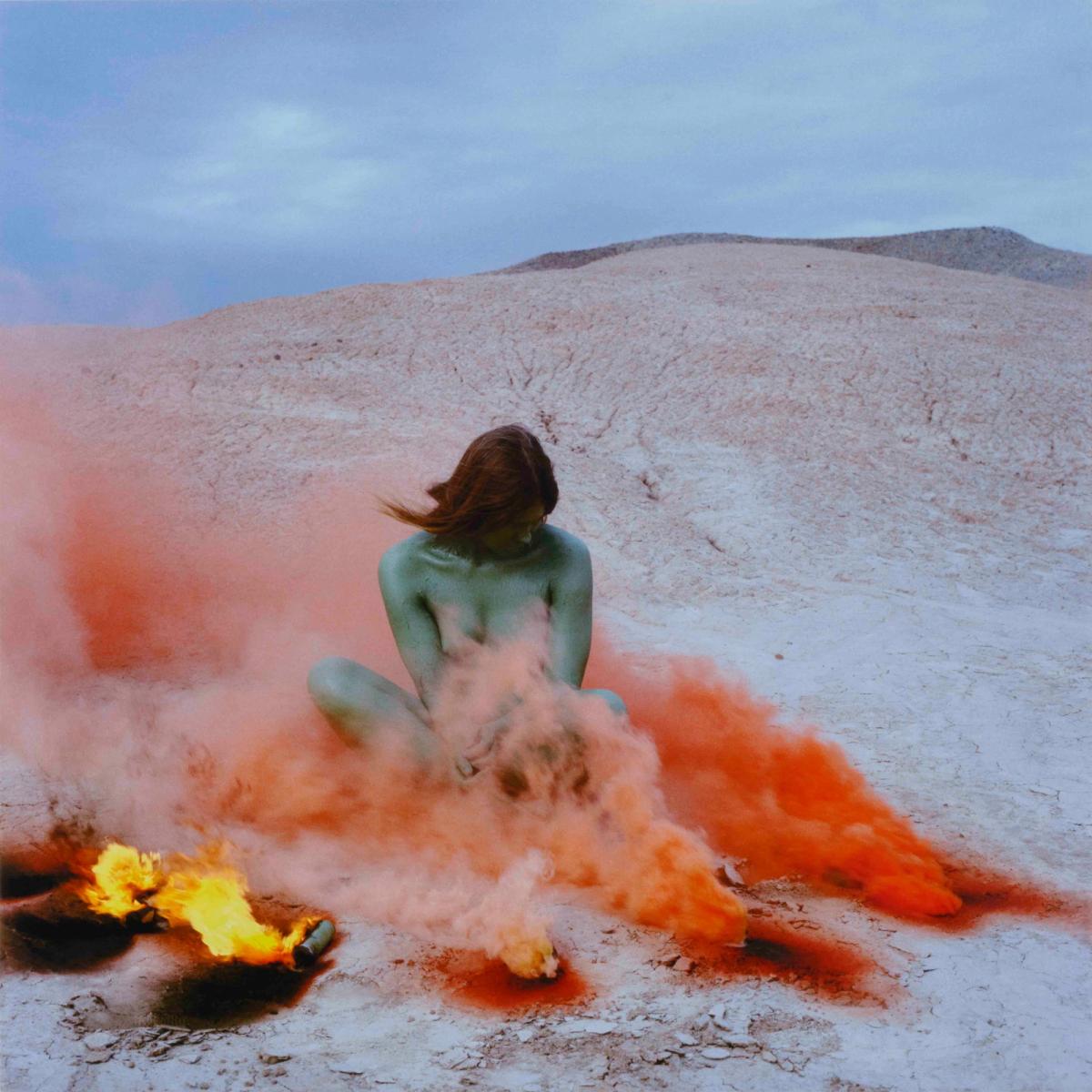It is a commonplace to say that American lost the Vietnam War (ca. 1963-75) when the patriotic US public (the “silent majority”) began to see the (somewhat) uncensored film reporting on the TV news nightly and turned against the carnage to join the opposing ranks of anti-war students and protestors. Be that as it may, this book shows in detail and in chronological order the works of artists, who were also, without exception, anti-war. (Was there no pro-war or “patriotic” art?) What is immediately striking is the limited impact art had on the protests or politics: accustomed as we have become to instant digital communication (think of how the mis-named “Arab Spring” spread), it is easy to forget that - photography apart - art and happenings in the art world were (unless reported in the press) local events. What this catalogue (of the exhibition at the Smithsonian Art Museum, until 18 August) does clarify is the fact that the war stimulated any number of new directions, notably feminist (above, Judy Chicago, Immolation, a feminist trope of photojournalists’ images of suicidal Buddhist monks), installation, conceptual, graphic, performance and body art that came to prominence and dominance in the following decades. Given the disproportionate (to the eligible US population) number of black soldiers and of their deaths (to all combat deaths), the absence of any work referring to their plight seems to indicate artists' lack of awareness—and this, despite Kennedy’s New Frontier, Johnson’s Great Society initiatives and the Civil Rights Movement all of which were simultaneous to the war.
- Melissa Ho, ed, Artists Respond: American Art and the Vietnam War, 1965-1975, Princeton University Press, 416pp, £50 (hb)


